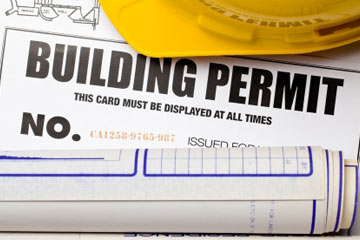Depending on the industry, the licensing process and associated requirements can be a critical activity for the success of the project. In highly regulated industry such as aerospace, rail or nuclear, licensing issues can become the critical path and even potentially derail the project. In our new White Paper 2020-03 ‘How To Manage Licensing Requirements in Project Definition and Execution’ we detail the issues associated with licensing and other regulatory aspects, and what are the best practices to manage them properly in the project definition and delivery process.

Regulatory requirements or licensing obligations may impact the project design, procurement, construction, and sometimes also the final product produced by the facility. For large projects, several regulatory fields may be applicable, and several authorities involved separately. For example, a pharmaceutical facility will be subject both to regulations on the safety of operation and to medical regulations on the quality of the product.
In our ever-increasingly regulated world, licensing requirements can easily become the critical path for large projects. It is often the case at two specific moments:
- End of the definition phase, prior to Final Investment Decision,
- During commissioning, testing and start-up phase up to final acceptance.
This is particularly obvious in many transportation industries, as well as in the nuclear industry. Even on smaller projects where this effect may be less noticeable, the need to go through a licensing process can produce unexpected changes in the project definition and implementation phase.
The issue is compounded by the fact that application file reviews by regulatory agencies are generally not fully predictable in terms of duration and effort, creating a substantial uncertainty as to the project execution schedule.
Good practices exist that are exposed in the White Paper. Some challenge areas are also developed:
- The licensing requirements have not been identified in a comprehensive manner during design and execution planning
- Change in project definition during the licensing process
- Under-estimation of licensing requirements impact in brownfield situations
- Changes in applicable regulations during the project
- Management of project definition changes created by the licensing conditions
- Contractual issues of Owner responsibility with a subcontracted design
Licensing requirements must be taken seriously and are often intrinsically linked to the final performance of the project. The licensing process can easily become the critical path or jeopardize the effective start-up of the facility. A number of actions must be taken early to include licensing requirements in the project definition process. Still, additional precautions must be considered to avoid the impact of possible change of regulations, licensing conditions and avoid missing some licensing aspects which could be highly detrimental to project realization and the economics of the future facility. Read our new White Paper 2020-03 ‘How To Manage Licensing Requirements in Project Definition and Execution’ to understand better how to deal with this issue.
If you can’t access the link to the white paper, copy and paste the following link in your browser: https://www.projectvaluedelivery.com/_library/2020-03_licensing_requirements_in_project_definition_execution_v0.pdf

